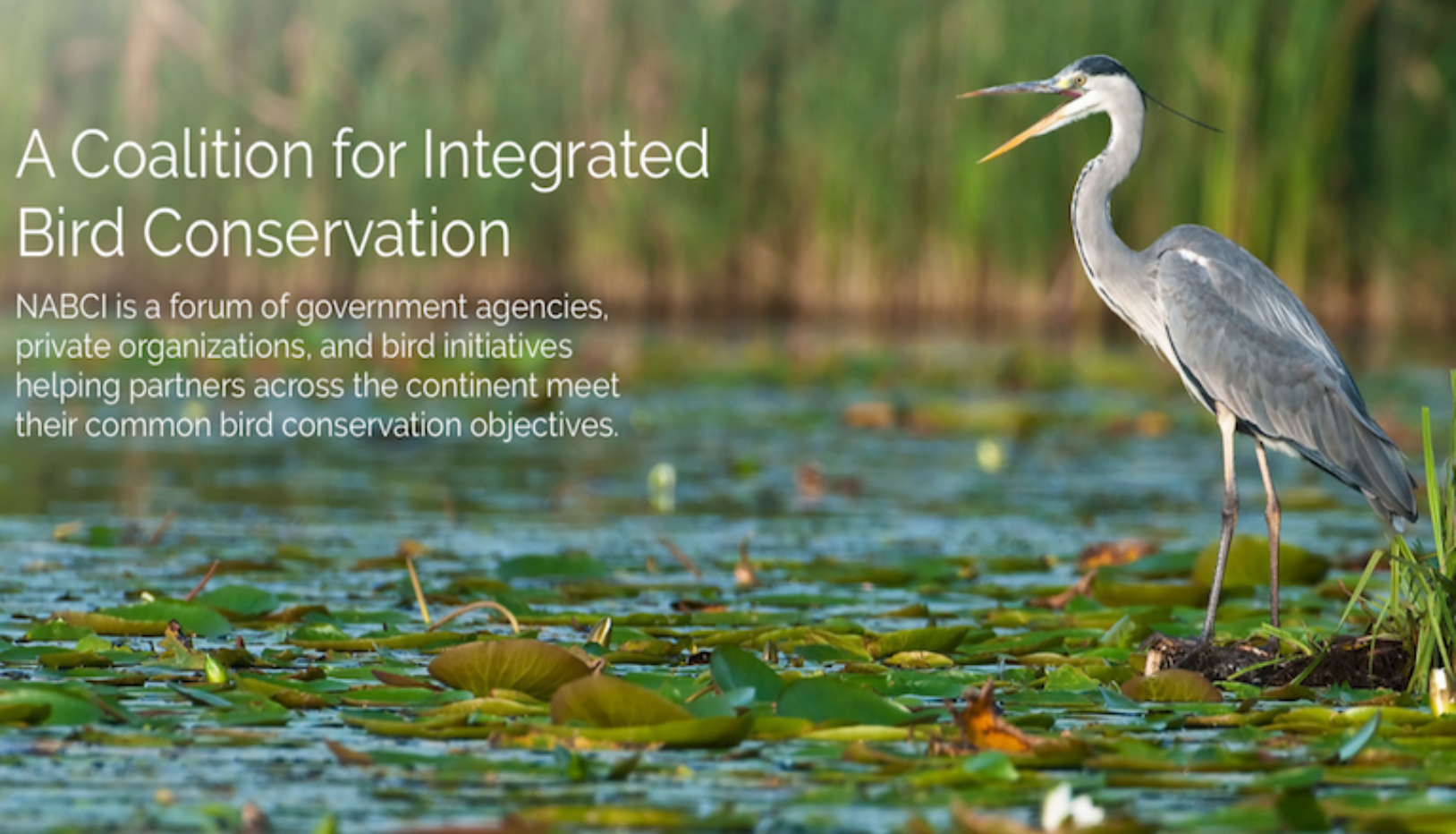When I was eight, I wrote a poem to our city’s mayor. I have no idea why I did this, but lo and behold, the mayor wrote back and invited me to visit. We took a tour of City Hall, I sat with him at his desk, and we even went for a ride in his car.
And that was the last time I was up close and personal with the government for about 25 years, until I started my current job two years ago.
I joined the alphabet soup that is Washington, D.C., when I became the U.S. Coordinator of the North American Bird Conservation Initiative (NABCI) and Bird Conservation Program Manager for the Association of Fish and Wildlife Agencies (AFWA). NABCI, AFWA, USFWS, SWAPs, JVs, MBTA, NAWMP and NMBCA… D.C. is the capital of the abbreviation and the acronym, and even the organizations
and policies I work with seemed like they were in code. Before one meeting, a colleague sent an email asking if we could “remove the WTF from the agenda”– referring to the discussion about the Woodcock Task Force, of course.
Our national laws, federal agencies, and the jargon of politics can seem remote, impenetrable, and sometimes incomprehensible. And yet, some of the challenges that affect people, birds, and habitats at a local level need support at the national or international level to enact the necessary solutions. Many of the migratory birds we enjoy in our backyards, that control insects in our community or that pollinate our crops, spend much of their lives outside of our country. National and international policies to protect migratory birds, such as the Migratory Bird Treaty Act, help to ensure that our local birds are protected wherever they are in their annual cycle.
Paramount in this endeavor are several key national programs funding bird conservation at multiple scales in the U.S. The North American Wetlands Conservation Act funds habitat protection and restoration for waterfowl and other waterbirds across the U.S. and Canada. The Neotropical Migratory Bird Conservation Act helps to support our migratory birds when they are on their wintering grounds south of our border. The Farm Bill is a major source of federal funding for private lands conservation and provides numerous opportunities for conservation of birds and other wildlife. State and Tribal Wildlife Grants funding is provided to each state to proactively conserve Species of Greatest Conservation Need; these grants support multi-partner initiatives that protect species and habitats before they become too imperiled to adequately conserve. Finally, Migratory Bird Joint Ventures are cooperative, regional partnerships that help to unify private and public partners engaged in bird habitat conservation and receive base funding through the Migratory Bird program budget of the U.S. Fish and Wildlife Service (USFWS). The JVs leverage federal funding with partner match, allowing them to use a small amount of federal funds extremely efficiently.
Now, with a new administration and an uncertain future for key conservation programs, finding common ground to build strong partnerships to support conservation is more important than ever. A powerful, unified voice, speaking at all levels – from local to national to international – is critical to establish and maintain strong policies for bird conservation and the environment.
How can we all work together to encourage positive outcomes for conservation at a national level? Individuals and locally based organizations have opportunities to influence national policies. Coordinated efforts among local non-profits, state and federal agencies, as well as landowners present a unified front about shared priorities. For example, NABCI’s national messaging can be of use to support local communications about the importance of key bird conservation programs at all scales. Elected officials appreciate hearing about successes, too. Find ways for your message to resonate with a personal anecdote about how these bird conservation programs are helping your local community or conservation efforts. Our political system is often driven by the people who engage, which means local partners, landowners, and conservationists can have a voice at the national level by finding common ground and reaching out.
When we speak about the importance of conservation, it’s important to understand our audience and what messaging might resonate with them. NABCI’s 2016 State of North America’s Birds report emphasizes that “everybody wins with bird conservation” and conservation goals and outcomes are often aligned with human health and economic priorities. For some, conservation itself is strong motivation, but for others, approaching them from a different perspective – one that is more closely aligned with their own goals and values – will allow your message to have greater impact.
Now more than ever, the bird conservation community needs to come together at all scales to speak with a unified voice about the importance of bird conservation. Thanks to each of you for the role you play in supporting our common goals.
This blog was originally published on the Intermountain West Joint Venture (IWJV) website.
Word cloud graphic courtesy of IWJV.

